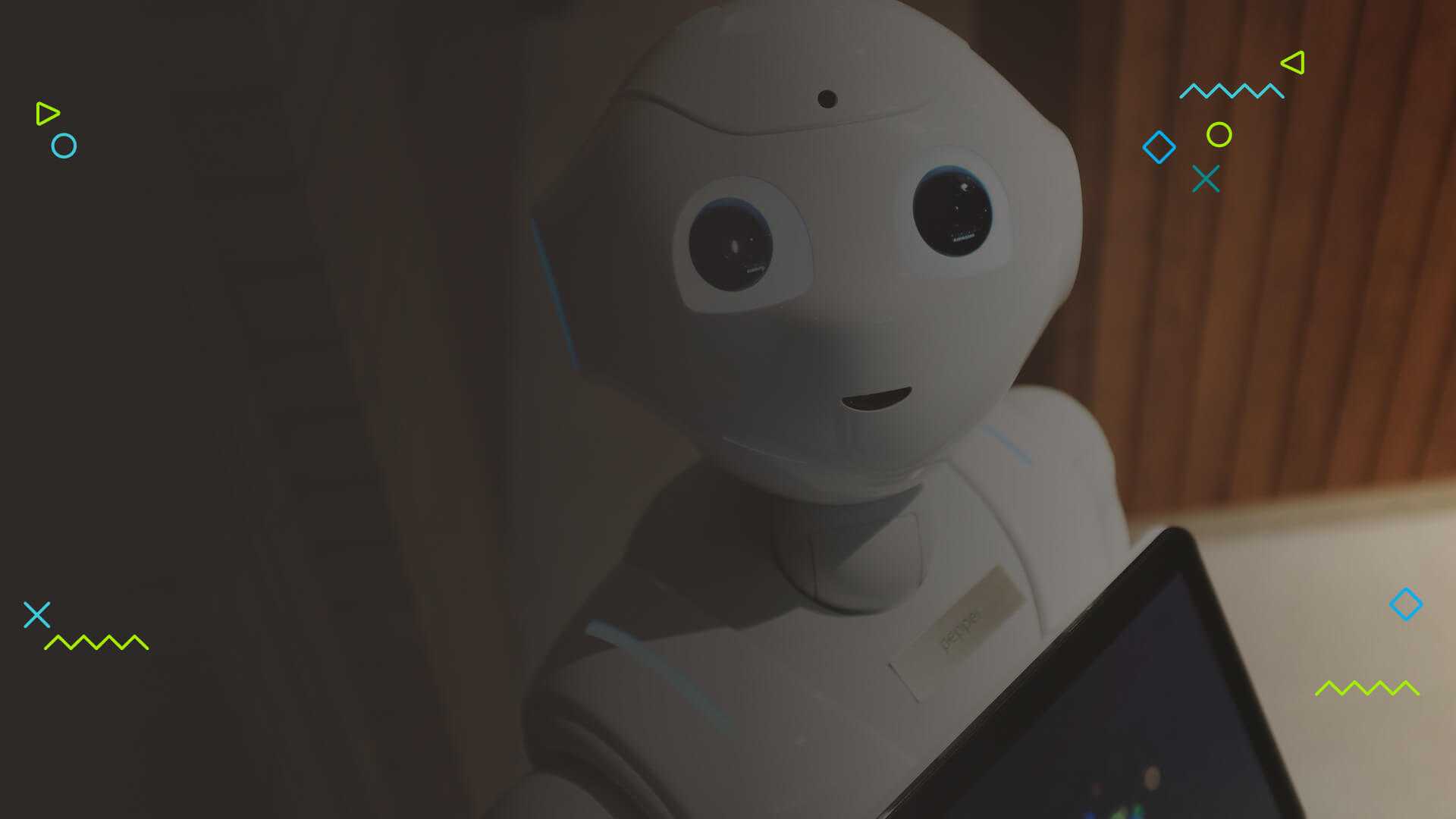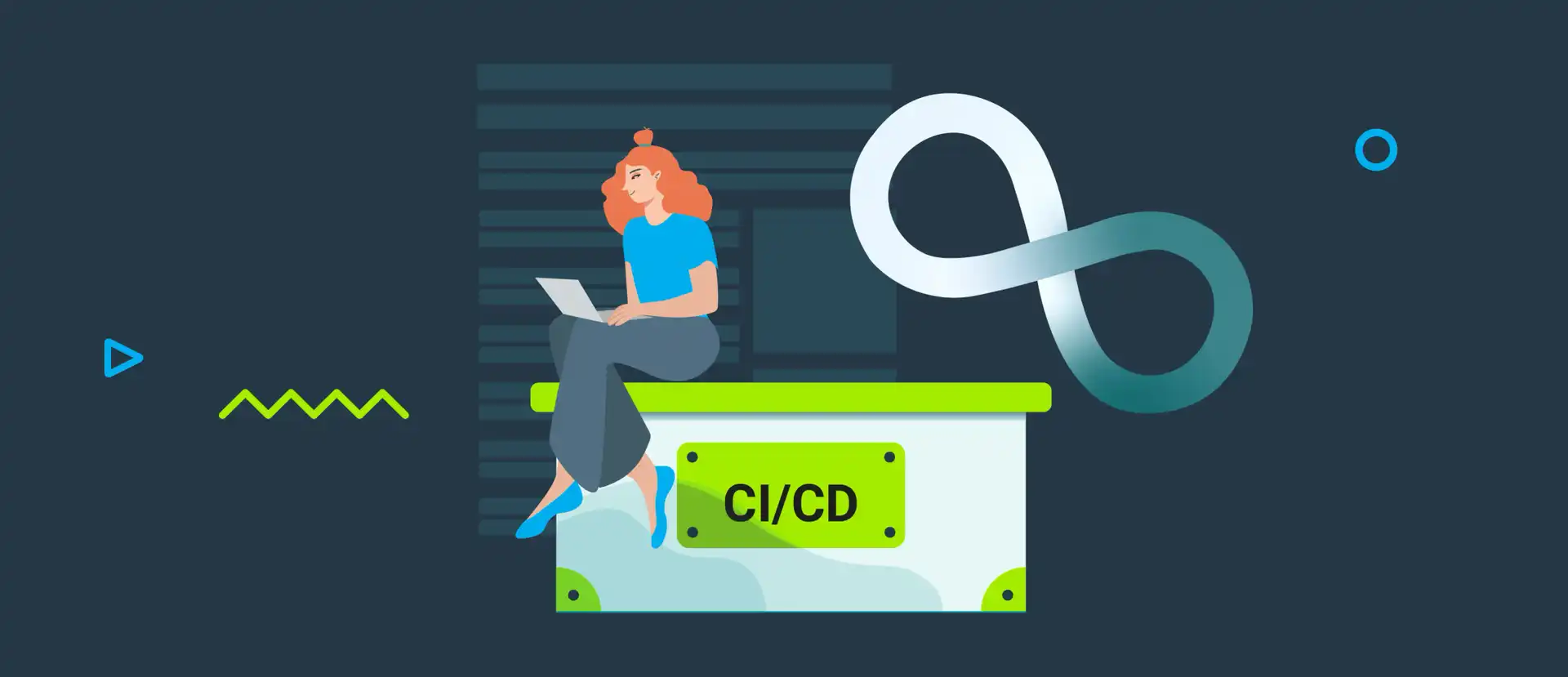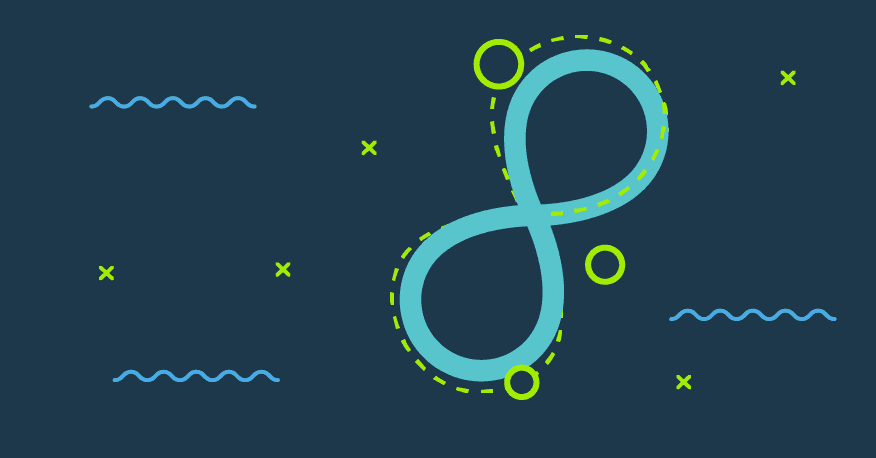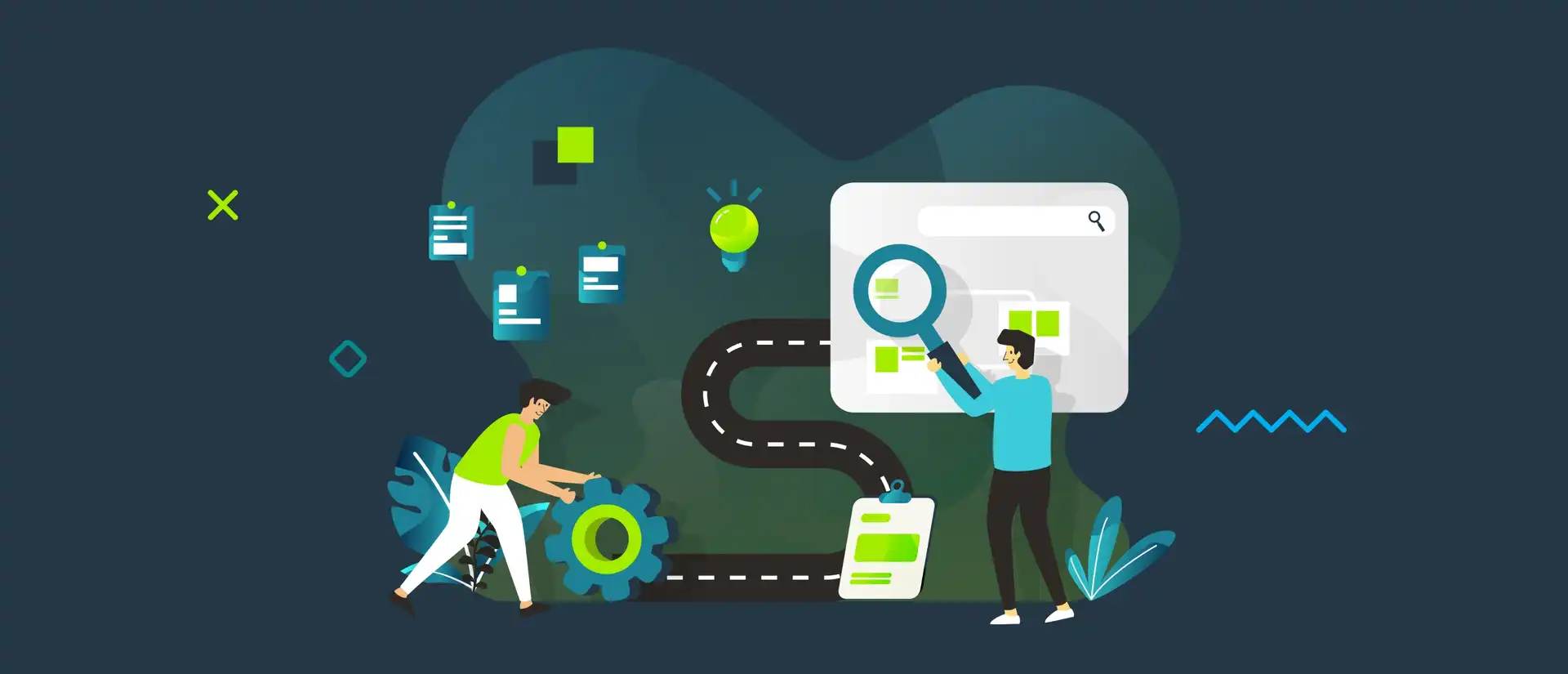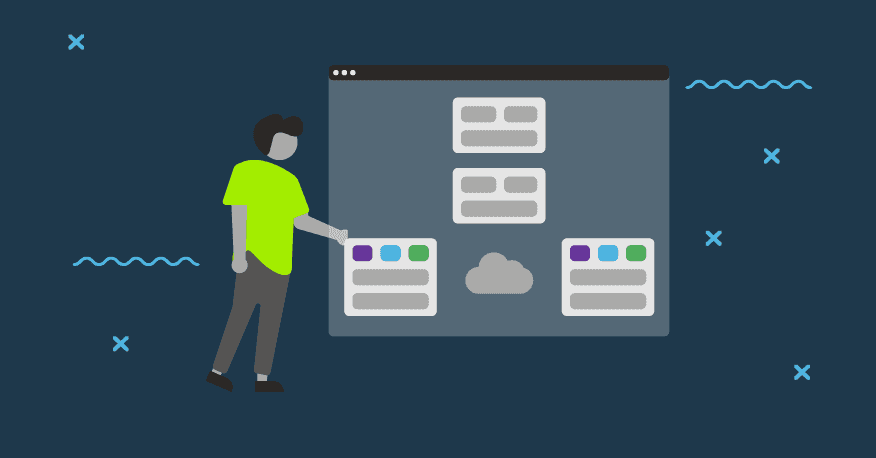Day 0, Day 1, and Day 2 refer to different phases of the software life cycle. Day 0 is the design phase, Day 1 is where things get creative, and Day 2 is just a daily operations routine.
Day 0
Day 0 is the phase when you focus on defining goals and setting up milestones leading to the realization of project goals. You answer critical questions about the project, including which platform you will be using, as well as which environment it will exist in. You decide what integrations you need (and how they will be performed), how much investment you can make within the infrastructure, how your platform will integrate with any CI/CD toolchains your company uses. Day 0 includes design, strategy, customer needs, service goals, and values, as well as business settings like cash flow, budget, ROI, etc.
You should keep in mind that a successful software product is the result of a thorough planning and design process. Defining measurable milestones leads to the realization of the project goal.
Day 1
Day 1 is the first day when the talking stops and work truly starts. It entails actual development and deployment of the product as per the Day 0 phase. Developers usually find this phase the most interesting one. The initial design is brought to life, the infrastructure is created based on the project’s specifications. During the Day 1 phase, you should stick to the important DevOps practice: Continuous Integration/Continuous Delivery.
There are dozens of classes of tools that can be used during Day 1. At the end of this phase, you will see your plans take shape. Make sure you know what your strategy is going to be and learn how to support it.
Day 2
Once the software is ready, it goes live, and your customers start using it. Day 2 is the phase where elements like customer support and software maintenance come in. The most important thing to focus on during this phase is establishing a feedback loop. You should monitor how your software product is working and gather user feedback. Then, you send the feedback to developers who will implement changes in the product. Summing up, Day 2 focuses on monitoring, analytics, and observation to detect failure or outage. The phase ensures the health of your product or application—it is all about keeping systems alive and healthy over time.
